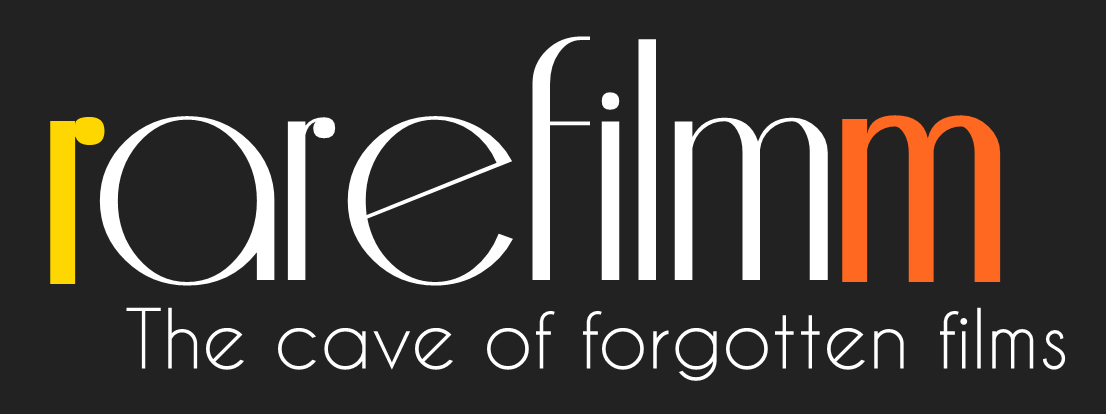Documentary on history and culture of the gypsy communities worldwide. Part One takes us on a search for the lost gypsy tribes of Egypt, up the Nile to the ancient town of Luxor in the shadow of the great Pharaoh’s tombs. Along the way, we meet dancing girls and acrobats, magicians, fortune-tellers and even mystics performing an exorcism. Part Two is a penetrating, provocative tour of a fabled people’s existence. It reveals the prejudice they still face daily and which they combat with the lyrics and music they have carried and adapted on their long migrations.
Category: Documentary
A retrospective look at the film-making movement in Carlton during the 1960s/1970s, the filmmakers and the influences that inspired and motivated them. Includes an examination of the life and work of neo-realist Giorgio Mangiamele, and the French new wave styles of Brian Davies, Peter Carmody, Antony I. Ginnane, Peter Elliot, James Clayden, Nigel Buesst, David Minter. An assembly of extracts from several of the Carlton films are juxtaposed with pieces of Godard’s early films revealing much about a fascinating period of Melbourne filmmaking.
The followers of religious leader Jacob Hutter live in farm communities, devoutly holding to the rules their founder laid down four centuries ago. Through the kindness of a Hutterite colony in Alberta, this film, in black and white, was made inside the community and shows all aspects of the Hutterites’ daily life.
Between October 11 and November 5 of 1968, teenager Norio Nagayama murdered four people in a killing spree across Japan with a shotgun stolen from a U.S. Army base. Adachi Masao, together with cultural theorist Matsuda Masao, scriptwriter Sasaki Mamoru and other collaborators, set out to trace the young man’s footsteps with a camera in hand. The result is an experimental documentary comprised purely of landscape shots, each of which shows scenery that Nagayama may or may not have seen during his upbringing and journey. Seeking an alternative to the sensationalism found in the media’s depiction of serial killers (which continues to this day), Adachi’s sparse voice-over provides only the hard facts while the increasing number of billboards in the landscapes slowly reveal the hegemony of capitalism in contemporary Japan.
This television essay from 1985 was written by Leonard Bernstein to commemorate the 125th anniversary of Gustav Mahler’s birth. Recorded in Israel, Vienna and later in London, it is punctuated by biographical interludes and illustrated by musical examples drawn from the cycle of Mahler’s works recorded by Bernstein. Bernstein talks, plays and conducts various orchestras (Israel Philharmonic Orchestra, London Philharmonic Orchestra, Wiener Philharmoniker) and soloists (Janet Baker, Christa Ludwig, Edith Mathis, Lucia Popp, Walton Groenroos) in performances spanning 17 years.
DIFFERENT DRUMMER is a short documentary directed by Edward Gray about Jazz great Elvin Jones. In it he talks about his early days with John Coltrane (with whom he’s seen performing in a ’60s film clip) and pianist Bud Powell. He also performs drum solos and an original piece, “Three Card Molly,” with Ryo Kawasaki (guitar), Pat LaBarbera (sax) and David Williams (bass).
In the first documentary feature film made in Gaza, Gaza Ghetto highlights the historical precedents of war, dispossession and military control that influence a family’s daily life in Jabalia Palestinian refugee camp. Intimate scenes –a child is born, a grandmother dies — are inter-cut with visits to the architects of the Israeli military occupation. Ariel Sharon, Benyamin Beneliezar and soldiers on patrol candidly discuss their responsibilities.
Composed entirely of archival material and narrated by actor Pat Hingle, this hour-long film documents the run-up to the Stock Market Crash of 1929 and the Great Depression that followed. Made in the 1970s, the film carefully lays out major historical events, as with the stunning footage of the German Zeppelin Hindenburg bursting into flames over New Jersey in 1937. Powerful images such as this are both literal and metaphoric documents of the tragedies of the age. By relying on the old newsreels alone to depict the events, the filmmakers immerse us in the period in a way that would not have been possible had they interviewed a team of experts.
